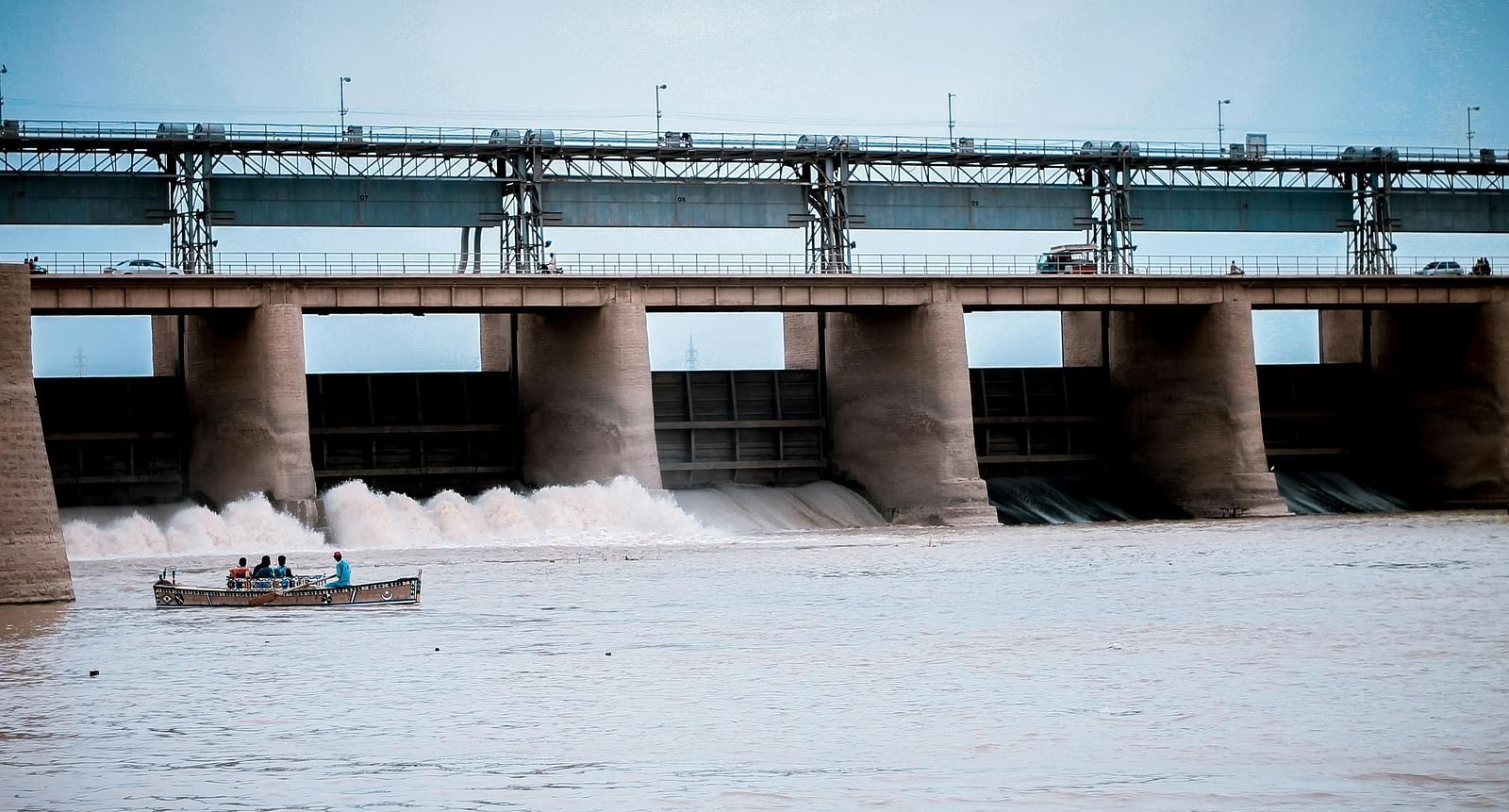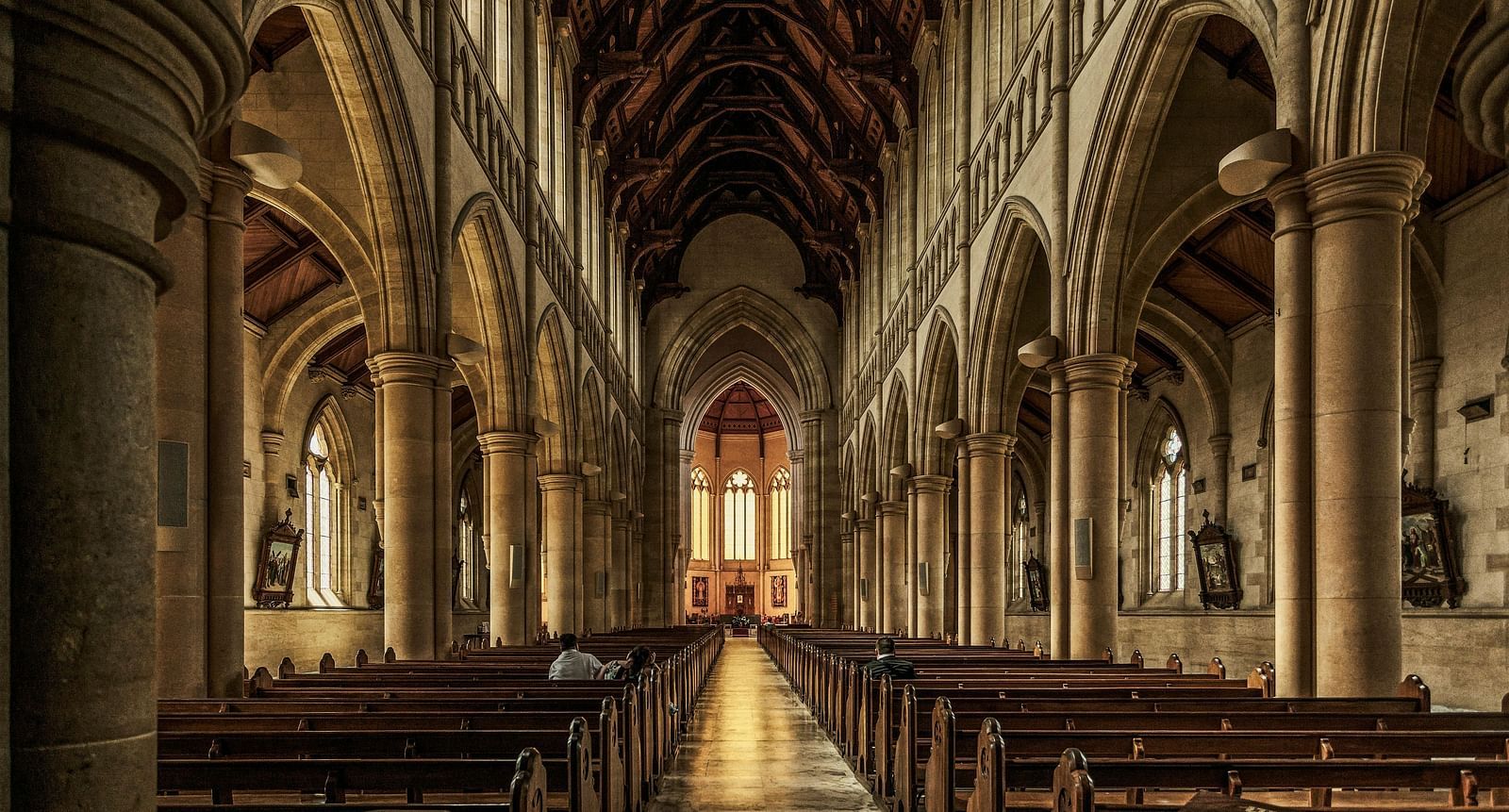Home > TGI Livancia Hillside, JC Nagar, Mysore > City Tour

Explore the Famous Places to Visit in Mysore
Explore the best of the city with ease through our dedicated travel desk. Whether you’re interested in historical landmarks, cultural experiences, or local attractions, our team is here to help you plan the perfect city tour. Let us guide you through an unforgettable journey, ensuring you don’t miss any of the must-visit sights during your stay.

Mysore Palace
The Mysore Palace at the heart of the city forms the focal point around which the city functions. The palace was designed by British architect Henry Irwin and built in 1912, after a fire burnt down the old wooden structure.
The stained glass roof of the 'Kalyana Mandapa' (marriage pavilion), wall paintings, ivory inlaid rosewood doors and the ornate golden throne here, are all remarkable.

Chamundi Hills
Chamundi Hill, named after the Chamundeshwari Temple at its peak, is close to the Mysore Palace with an average elevation of 1,000 m. A panoramic view of the city is seen from the top of the hills. Among other landmarks, you can see the Mysore race course, the Lalitha Mahal palace, Mysore Palace, Karanji and Kukkarahalli lakes.
At dusk, the view of the city is especially beautiful, and on Sunday evenings and during the Dasara festival, the illuminated Mysore Palace glitters like gold.

KRS Dam and Brindavan Gardens
KRS Dam, built in 1932, is located 12 km North-West of Mysore. The project was designed by the farsighted engineer Sir M. Visvesvaraya and constructed during the rule of Krishna Raja Wadiyar IV. The dam is around 8,600 ft. long and 130 ft. high with a reservoir spread over an area of 130 sq. km. It represents a marvel of civil engineering achievement in pre-independence India and was among the first in the world to use automatic sluice gates.
The dam has an ornamental garden attached to it named as the Brindavan Gardens which was built by Sir Mirza Ismail, the Deewan of Mysore.

Jaganmohan Palace
Jaganmohan Palace, built in 1861 by Maharaja Krishnaraja Wodeyar, is one of the oldest buildings in Mysore. This three storied palace with stained glass shutters and ventilators is located about 10 minutes’ walk from the city bus stand.
It is now converted into Jayachamarajendra Art Gallery, a treasure house of paintings of unparalleled beauty, handicrafts, a rare collection of musical instruments and historical memorabilia dating back to the nineteenth century and earlier.

Mysore Zoo
The Mysore Zoo is a century-old zoo that houses nearly 2,000 animals. It has the distinction of breeding wild animals in captivity. This garden stands to the east of the fort at a kilometre. It owes its origin to His Highness Sri Chamaraja Wodeyar Bahadur, but it has been greatly enlarged and improved recently.
The very extensive grounds are beautifully laid out, and kept in excellent order. All the animals in zoo are well fed, well kept and generally healthy. Arrangements are made for some of the animals, especially for lions and tigers, to roam about in liberty.

Gumbaz
Gumbaz was built by Tippu Sultan between 1782-84, an imposing structure in the midst of the Lalbagh garden, stands on a high and wide platform with an open verandah of polished pillars all round.
The importance of Gumbaz lies in its well-shaped large dome, ivory inlaid doors, carved stone windows of fine workmanship and inscriptions. Tipu's favourite Tiger stripes cover the walls. Inside are the tombs of Hyder in the centre, his wife, Fathima Fakhr-un-Nisa and his son, Tipu Sultan on either side. In the verandah and on the platform are the other tombs of Hyder's family members.

Ranganathaswamy Temple
Ranganathaswamy Temple, a revered Vaishnavite shrine in South India, was originally built by the Ganga dynasty in the 9th century and later enhanced by the Hoysala and Vijayanagar kings.
Dedicated to Lord Ranganatha (Vishnu), this temple is a significant pilgrimage site, known for its stunning Dravidian architecture, intricate carvings, and spiritual atmosphere, making it a cultural and religious landmark in the region.

Ranganathittu Bird Sanctuary
The Ranganathittu Bird sanctuary is about 13 km towards the North-East to the city of Mysore. This bird sanctuary is located on the backwaters of river Kaveri.
Nature has made small islands here to facilitate the birds to stay and breed here. Birds from far off places like Siberia, North America migrate here every year to breed new ones and fly back to their own place.

Karanji Kere
The Karanji Lake in Mysore, spanning 90 hectares, is a haven for nature lovers, featuring India’s largest walk-through aviary and a captivating butterfly park. The lake’s serene surroundings are perfect for a peaceful escape, while the nearby Regional Museum of Natural History offers educational insights into the region's biodiversity.
A visit to Karanji Lake combines relaxation with opportunities to explore and learn, making it a must-visit destination.

Nanjangud
Nanjangud is 25 km towards South of Mysore on the way to Ooty. This is a place of worship and is located on the banks of river Kapila.
The Srikanteshwara temple is of prime importance here. It is dedicated to Lord Shiva and is one of the largest temples of south India.

St. Philomena's Church
Built in 1936 and designed by a Frenchman, Daly, St. Philomena's church is one among the grandest churches in India. Located about 3 km from the city on Cathedral road, it is the tallest church in India built in the Neo-Gothic style. A statue of 3rd century saint, Philomena is placed in an underground chamber.

Jayachamarajendra Wadiyar Golf Club
Late Maharaja Nalvadi Krishnaraja Wadiyar, with his far-sightedness and profound sense of scenic beauty, chose the foothills of the famous Chamundi Hill as the locale for the race and golf courses. The JWGC is located on 110 acres in the premises of the Mysore Race Club. On his accession to the throne in 1940, His Highness Jayachamaraja Wadiyar took a keen interest in racing and golf and maintained the golf course.

Mysore Race Club
The Mysore Race Club is the most picturesque in the country. Set up in the foothills of the imposing Chamundi Hill, the Mysore Race Club has a distinct identity of its own. The languid atmosphere is perhaps the reflection of the city which has grown tremendously in the last decade without losing its old world charm.

Chamundeshwari Temple
The Chamundeshwari Temple, located on Chamundi Hill in Mysore, is a revered site dedicated to the goddess Chamundeshwari. Renowned for its intricate carvings and striking architecture, the temple offers stunning views of the city and a serene atmosphere. It is a significant spiritual destination and a highlight for visitors exploring Mysore's cultural and historical landscape.